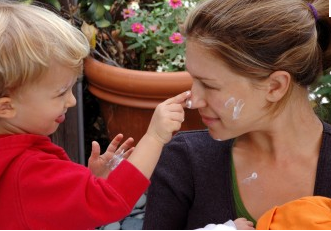Marketing to Women? Don’t Forget PANKs!

Don’t Forget to Market to These Women: PANKs.
PANK: Professional Aunt No Kids.
A joint study recently released by Savvy Auntie and Weber Shandwick with KRC Research revealed that PANKs are a “sizeable segment of younger women with disposable income, dynamic influence, and a digitally-connected lifestyle.”
The acronym for this emerging demographic of 23 million women who love children but have none of their own was first coined by Melanie Notkin, founder of Savvy Auntie. According to the study, one in five U.S. women is a PANK and are important because they are:
- Big Spenders: More than 76 percent of PANKs spent more than $500 per child this past year, for a total of $9 billion.
- Highly Influential: 68 percent of survey respondents said that they’re a role model for the kids in their lives.
- Avid Info-sharers: 73 percent of PANKs are likely to provide information about products and services to others, both in person and through social media.
PANKs represent an excellent opportunity for brands that are looking to market to women. To gain the hearts and spending power of PANKs, here are some important strategies to keep in mind:
- Acknowledge PANKs: Recognize them as a powerful market.
- Avoid stereotyping PANKs as non-domestic: While they enjoy their domestic lives, they find their community service and charity work to be equally important.
- Develop online campaigns: PANKs are digitally savvy, with 56 percent trusting online reviews more than their own instincts (47 percent). Create social platforms content for them, as their postings are likely to go viral.
- Focused messaging: PANKs are proud of the relationship that they have with the kids in their lives, regardless of their “non-mom” status.
- Build a base of PANK advocates: Many PANKs will become moms one day. Brands should look to secure their loyalty now.
“PANKs have the time, income and passion for purchasing the best for the kids in their lives,” says Leslie Gaines-Ross, Chief Reputation Strategist for Weber Shandwick. “They are well worth a marketer’s attention.”









